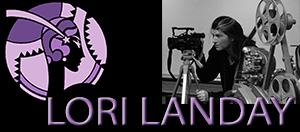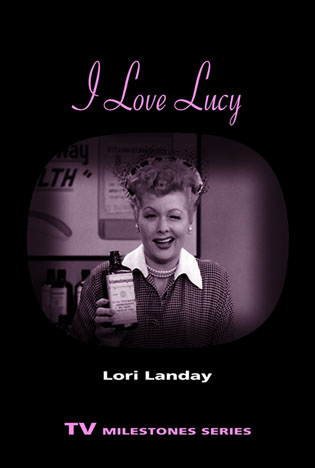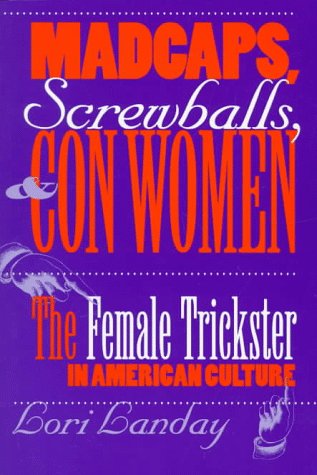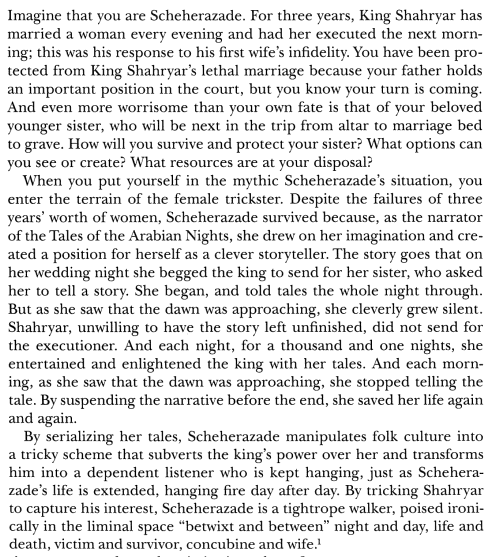

I Love Lucy. Contemporary Approaches to Film and Television Series. TV Milestones. Detroit: Wayne State University Press, 2010.
I Love Lucy aired for six seasons between 1951 and 1957 as a top-rated weekly sitcom, and its characters appeared in thirteen hour-long specials between 1958 and 1960. In I Love Lucy, author Lori Landay investigates the groundbreaking series and its highly charismatic stars, Lucille Ball and Desi Arnaz, to consider the program’s impact on the conventions of the sitcom, television culture, and wider postwar culture.
In chapters that proceed chronologically through the life of the series, Landay takes an interdisciplinary cultural studies approach to understanding the wider phenomenon of I Love Lucy, with an emphasis on a variety of issues as they arise from different phases of the show. She examines the program’s efficient production system, compelling narrative formula, hilarious writing, and the technical genius behind the scenes that put it onto film. Landay also considers the show’s clever plots within a familiar situation, magnificent comic performance, and the remarkable chemistry of its actors. In addition, she studies the end of the series and its continued place in popular culture.
I Love Lucy is perhaps the most popular television show of all time, and its stars are some of the most recognizable in television history. For scholars of American television history as well as the series’ many fans, I Love Lucy will be an enjoyable and informative read.
“Imagine watching I Love Lucy in 1951. Television was very new, not yet in every household, let alone in almost every room, so maybe you are watching at your house or apartment, or maybe at a friend’s or family member’s house. The characters on your screen inhabit a living room with a television set; you are watching them watching television, and television is rapidly becoming an essential part of everyday life. This is the backdrop to the cultural phenomenon of ‘Lucy TV.’”
—From chapter 1

Madcaps, Screwballs, and Con Women: The Female Trickster in American Culture. Feminist Cultural Studies, the Media, and Political Culture. Philadelphia: University of Pennsylvania Press, 1998.
Step right up and see for yourself! Women have been tricking men for thousands of years, and female tricksters have been appearing in classic and popular texts at least since the Thousand and One Nights. While there are many studies of tricksters, few have focused on the chicanery of women, and none have dealt with the ways in which the female trickster is constructed in America.
Madcaps, Screwballs, and Con Women is the first book to explore the cultural work performed by female tricksters in the "new country" of American mass consumer culture. Beginning with such nineteenth-century novels as Capitola the Madcap and moving through twentieth-century novels, films, radio, and television shows, Lori Landay looks at how popular heroines use craft and deceit to circumvent the limitations of femininity. She considers texts of the 1920s such as Elinor Glyn's It and Anita Loos's Gentlemen Prefer Blondes; films of Mae West, as well as other Depression-era and wartime film comedy; the postwar television series I Love Lucy; and such contemporary texts as "Roseanne," "Ellen," and Batman. In addition, Landay explores the connections between these texts and advertisements selling products that encourage female deception and trickery.
"An important addition to the study of women in the 'liminal' spaces of American culture in the twentieth century."—Journal of American History
"Imagine that you are Scheherazade.






















